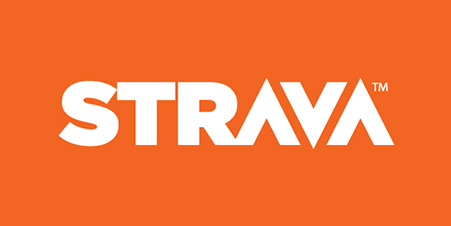

The fitness/freshness chart, first released in March of 2013, is one of the many powerful training tools available to Strava premium members. Cyclists can use this feature to monitor their fitness and fatigue levels. According to the underlying model, both fitness and fatigue increase with each ride, by an amount proportional to the intensity of the ride. Between rides, both quantities decay exponentially.
The intensity of each ride is measured using Training Load, calculated from weighted average power. Thus, power data is necessary to generate the fitness/freshness chart. Also, for the model to give comprehensive and realistic estimates of fitness and freshness, all of an athlete’s rides need to have a Training Load.
Unfortunately, not many cyclists have power meters. Even among those who do, few use their power meters for every single ride (for instance, they might have a power meter on their road bike but not their mountain bike). In order to make this powerful tool work for cyclists without power meters, and to fill in data gaps for cyclists with power meters, we need a way to estimate the intensity of a ride which doesn’t depend on power data. Fortunately, Strava has such a metric: Suffer Score !
Suffer Score and Training Load both represent the “intensity” of a ride. However, the two quantities are calculated in different ways, using different input data. Suffer Score is a weighted sum of the time spent in each (athlete-specific) heart rate zone, while Training Load is calculated from the weighted average power of an entire ride. So while we expect a ride with a higher Suffer Score to also have a higher Training Load, it isn’t obvious that Suffer Score is a viable substitute for Training Load in the fitness/freshness chart.
To better understand the relationship between Suffer Score and Training Load, we can look at Suffer Score and Training Load data for individual athletes. The figures below show the relationship between Suffer Score and Training Load for all the uploaded rides for three prolific Strava cyclists. Lines of best fit are superimposed in black.
These plots show a good correlation between Suffer Score and Training Load for each individual athlete (for a larger set of cyclists, R^2 values varied between 0.75 and 0.9). However, it’s also clear that the relationship varies from person to person — for example, the slope of the best fit line varies between about 0.9 and 1.9.
Based on these charts, we draw two conclusions. The first is that in general, Suffer Score is roughly proportional to Training Load. Because of the formulas used in the fitness/freshness model, this means that if we simply plug Suffer Score into the model where Training Load is usually used, we will get curves with the same shape as the original model (with an overall scaling factor). As a consequence, the Suffer Score-only model will reflect processes such as tapering and peaking in the same way that the Training Load model does.
In addition, determining the best-fit line relating Suffer Score and Training Load for a particular athlete lets us predict one using the other, for an individual ride. So if an athlete who regularly uses both a heart rate monitor and a power meter goes on a ride without a power meter, she can estimate the Training Load of her ride from its Suffer Score.
There is certainly considerable uncertainty that comes with using Suffer Score to estimate Training Load. However, the error in the fitness/freshness model caused by completely omitting an activity dwarfs the error caused by using an estimated value.
The fitness/freshness chart on Strava has been updated based on these ideas. For premium members with no power data available, we generate the chart using only Suffer Score. For those who have at least 10 rides with both Suffer Score and Training Load, the athlete-specific best-fit between the two is calculated and used to fill in Training Load for rides with heart rate but not power.
http://engineering.strava.com/fitnessfreshness-updates/

